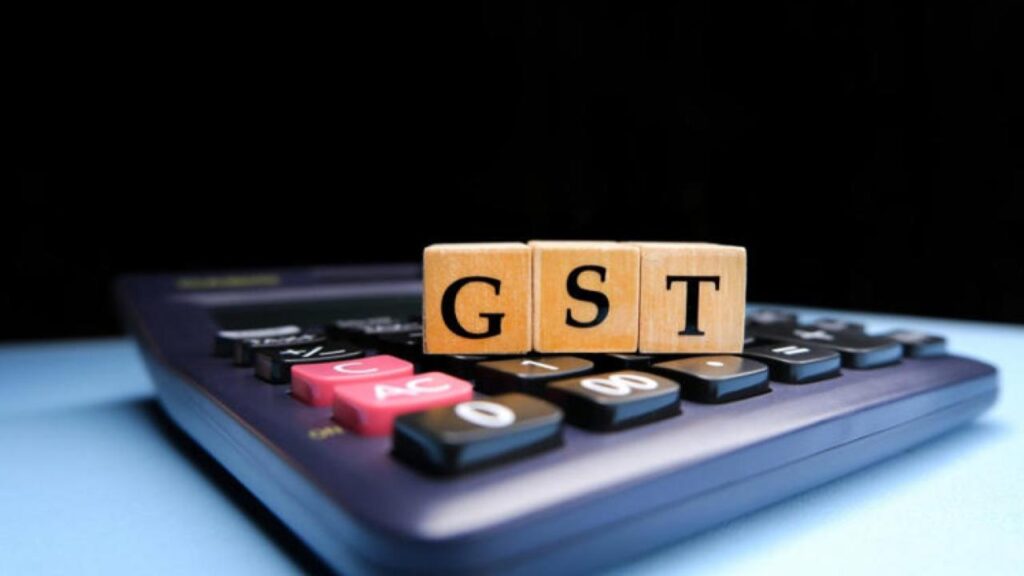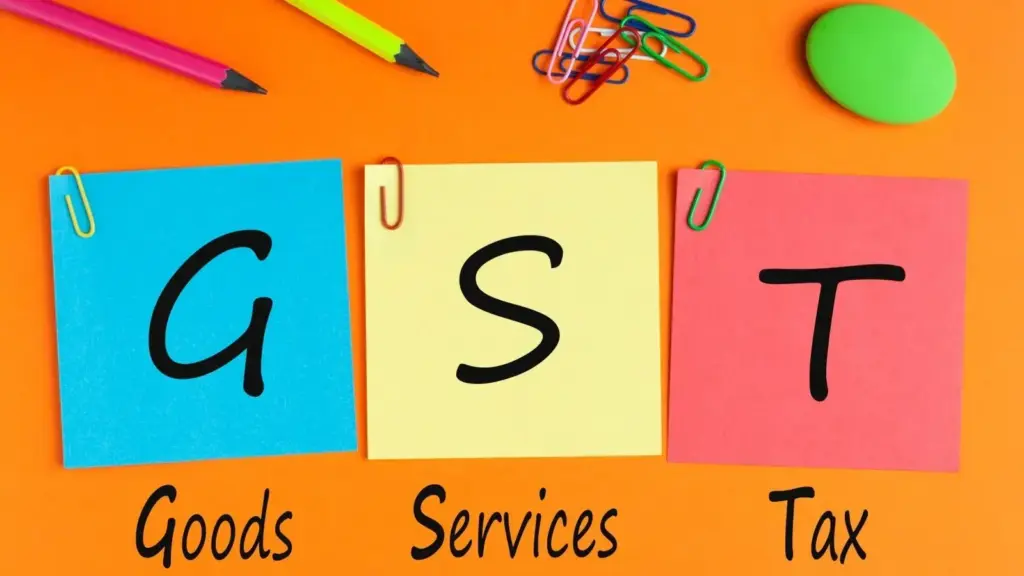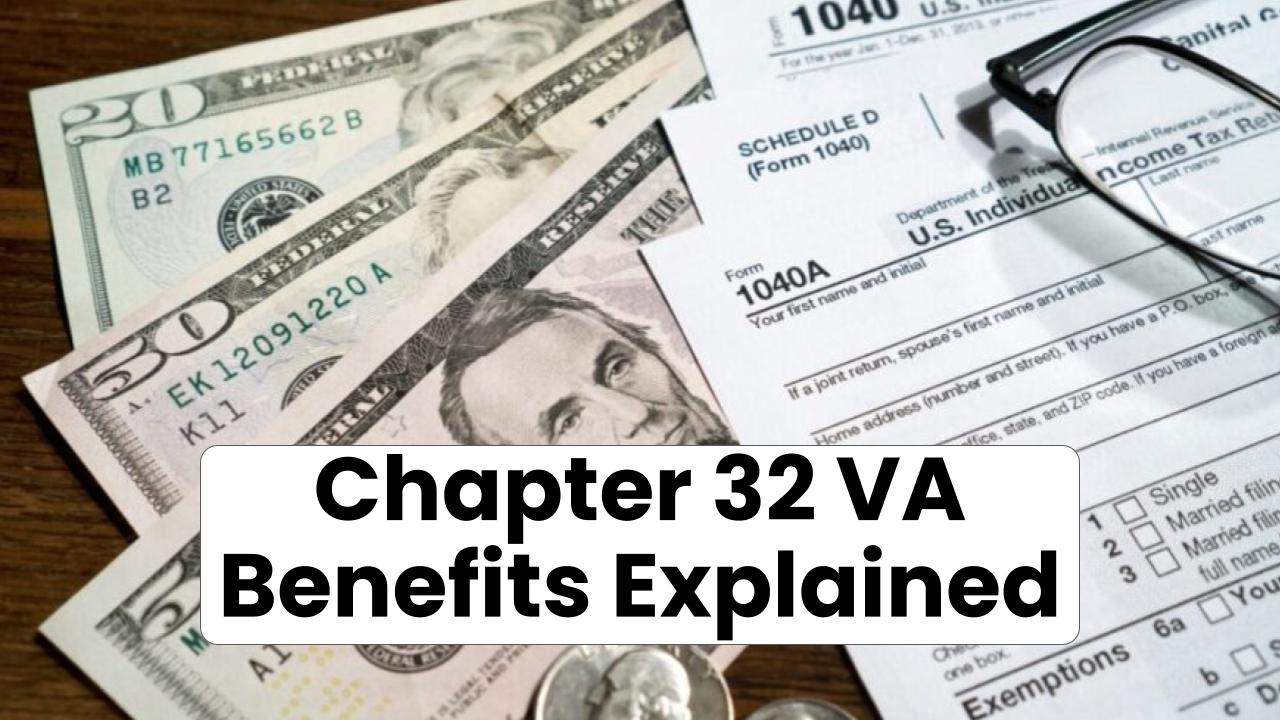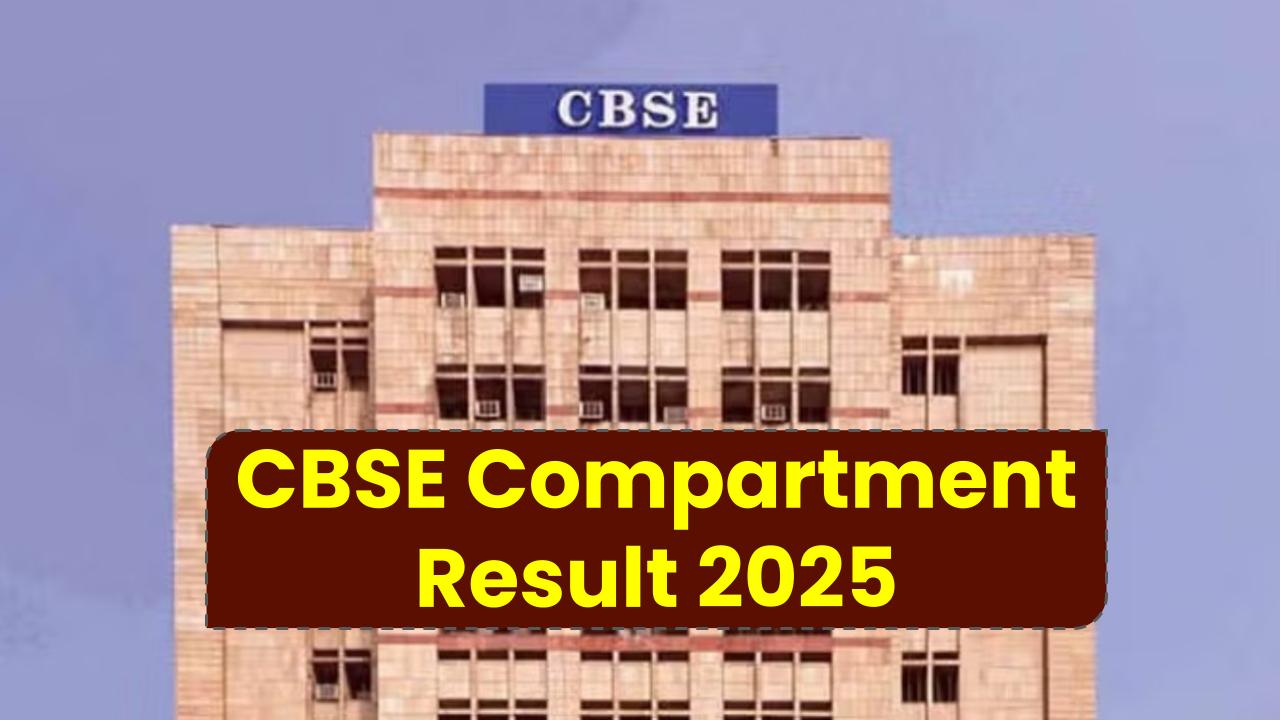Big news coming out of Delhi — India’s central government may be planning to cut GST rates on essential household items, thanks to a record-breaking year of tax collections. If you’ve been feeling the pinch every time you grab a bar of soap or a packet of ghee, this one’s for you. With the GST Council gearing up for a big meeting later this month, experts believe that a major tax relief could be right around the corner.

GST Rate Cut Alert
| Key Details | Summary |
|---|---|
| Topic | GST Rate Cut on Essential Items |
| Trigger | Record-high GST collections: ₹22.08 lakh crore (FY 2024–25) |
| Potential Change | Goods in the 12% GST slab could move to the 5% slab |
| Affected Products | Soap, pulses, ghee, rice, edible oils, footwear, toothpaste, kitchenware |
| Authority | GST Council (Govt. of India) |
| Expected Announcement | 56th GST Council meeting (Late July 2025) |
| Official Source | pib.gov.in |
| Economic Impact | Relief for middle-class, consumer demand boost, potential inflation moderation |
India’s booming GST revenue has created a golden opportunity to ease the burden on everyday consumers. By cutting tax rates on essential items, the government aims to deliver real relief, spark consumer demand, and continue reshaping India’s tax landscape for the better. So if you’ve been grumbling about grocery bills lately — hang tight. The relief might be coming soon.
Why the Government Is Considering a GST Rate Cut
In the 2024–25 financial year, India raked in a whopping ₹22.08 lakh crore in GST revenues — that’s a 9.4% increase year-over-year. This surge is thanks to better compliance, economic growth, and tighter tech-driven tax enforcement. With the coffers overflowing, the government now has some wiggle room.
They’re thinking, “Hey, maybe it’s time to give the common man a break.” And they’re not wrong. Prices of everyday essentials have crept up, and cutting GST rates could help put more cash back in people’s pockets — especially middle-class families and small businesses.
What Items Might See Lower GST?
Word on the street is that products currently taxed at 12% might be shifted to the 5% slab — or the 12% slab may be eliminated entirely.
Here’s what could get cheaper:
- Soap and detergents
- Rice and pulses
- Ghee and edible oils
- Footwear (especially under ₹1,000)
- Salt, sugar, and snacks
- Toothpaste and personal care
- Kitchenware and basic home goods
- Garments and basic textiles
These aren’t luxury items — they’re the daily essentials. Cutting GST on these would make a tangible difference in monthly household budgets.
Who Benefits the Most?
This move would be a win-win for three major groups:
1. Consumers
Families across India, especially the middle and lower-income segments, could see real savings. Think about it — if you’re buying ₹5,000 worth of essentials each month, even a 7% tax break means ₹350 back in your pocket.
2. Small Businesses and Retailers
Lower taxes = lower selling prices = higher volume. More footfall for your local kirana store or corner mart? Absolutely.
3. The Broader Economy
This could stimulate consumer spending, fight off inflationary pressure, and rev up demand — particularly in the FMCG (Fast-Moving Consumer Goods) sector.

How This Fits into the Big Picture
This isn’t a one-off move. The Modi government has been pushing hard to simplify India’s tax system.
- Earlier this year, they revamped personal income tax slabs to encourage filing and boost disposable income.
- GST has become more digital and efficient, with e-invoicing, AI-driven audits, and real-time analytics.
- And now, by rebalancing GST slabs, they’re trying to make the system more fair and consumer-friendly.
How the GST Cut Would Work — Step-by-Step
Here’s how the process typically unfolds:
Step 1: Revenue Analysis
The Ministry of Finance evaluates current tax performance — done
Step 2: Proposal Draft
Tax experts draft options for changes — done
Step 3: GST Council Meeting
The GST Council, chaired by the Finance Minister, meets (expected late July 2025)
Step 4: Notification & Roll-Out
Once approved, the Finance Ministry publishes new rate notifications, effective within 30–60 days.
Official Data Snapshot
- Monthly GST collections have crossed ₹1.70 lakh crore for several months straight.
- June 2025 collections alone stood at ₹1.81 lakh crore.
FAQs
Q1: When will the GST cut be announced?
The decision is expected during the 56th GST Council meeting in July 2025. Official announcements will follow.
Q2: Will all essentials move to 5% GST?
Not all, but many currently under the 12% slab are being considered for reassignment to the 5% slab.
Q3: How do I know what slab my product falls under?
You can check the official rate finder at gst.gov.in
Q4: Will this change prices instantly?
Retailers usually adjust prices within 1–2 weeks of new GST rates being implemented.








